- 演講或講座
- 原子與分子科學研究所
- 地點
原分所浦大邦講堂 (臺大校園內)
- 演講人姓名
Prof. Tomáš Jungwirth (Institute of Physics, Czech Academy of Sciences, Czech Republic & School of Physics and Astronomy, University of Nottingham, United Kingdom)
- 活動狀態
確定
- 活動網址
Abstract:
Magnetically ordered crystals are traditionally divided into two basic classes – ferromagnetism and antiferromagnetism. In the first part of the talk, we will recall that the ferromagnetic order offers a range of phenomena for energy efficient IT, while the vanishing net magnetization in antiferromagnets opens a possibility of combining ultra-high energy efficiency, capacity and speed of future IT [1-4]. In the main part of the talk we will move on to our recent predictions of instances of strong time-reversal symmetry breaking and spin splitting in electronic bands, typical of ferromagnetism, in crystals with antiparallel compensated magnetic order, typical of antiferromagnetism [5-8]. We resolved this apparent fundamental conflict in magnetism by symmetry considerations that allowed us to classify and describe a third basic magnetic class [6,7]. Its alternating spin polarizations in both crystal-structure real space and electronic-structure momentum space suggested a term altermagnetism. We will discuss predictions and initial experimental verifications [9,10] in which altermagnets combine merits of ferromagnets and antiferromagnets, that were regarded as principally incompatible, and have merits unparalleled in either of the two traditional basic magnetic classes. We will introduce the broad materials landscape of altermagnetism and show how its unconventional nature enriches fundamental concepts in condensed matter physics, such as the Kramers theorem [10]. We will show that this underpins a development of a new avenue in spintronics, elusive within the two traditional magnetic classes, based on strong and conserving spin phenomena, without magnetization imposed scalability limitations.
[1] P. Wadley, T. Jungwirth et al., Science 351, 587 (2016)
[2] T. Jungwirth et al., Nature Nanotech. 11, 231 (2016)
[3] Z. Kaspar, T. Jungwirth et al., Nature Electron. 4, 30 (2021)
[4] F. Krizek T. Jungwirth et al., Science Adv. 8, eabn3535 (2022)
[5] L. Smejkal, T. Jungwirth et al., Science Adv. 6, eaaz8809 (2020)
[6] L. Smejkal, T. Jungwirth et al., Nature Rev. Mater. 7, 482 (2022)
[7] L. Smejkal, J. Sinova, T. Jungwirth, Phys. Rev. X 12, 031042 (2022)
[8] L. Smejkal, J. Sinova, T. Jungwirth, Phys. Rev X (Perspective) 12, 40501(2022)
[9] Z. Feng, T. Jungwirth et al., Nature Electron. 5, 735 (2022)
[10] J. Krempasky, T. Jungwirth et al., Nature, in press (2023) https://arxiv.org/abs/2308.10681

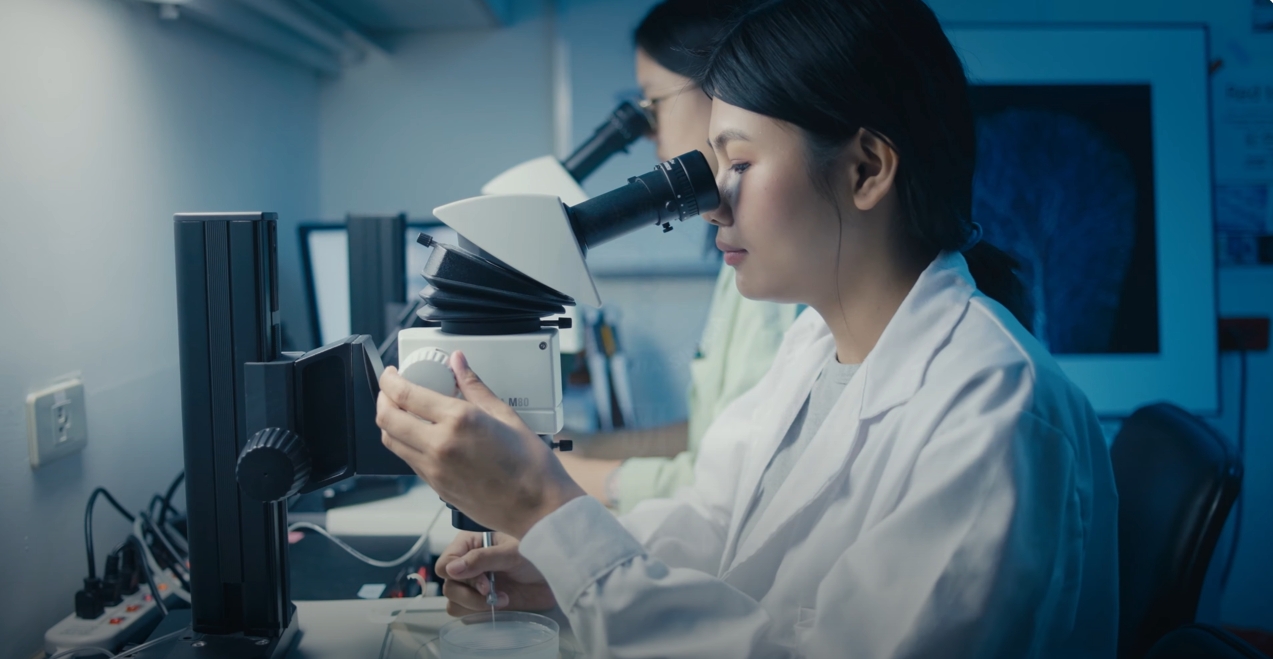
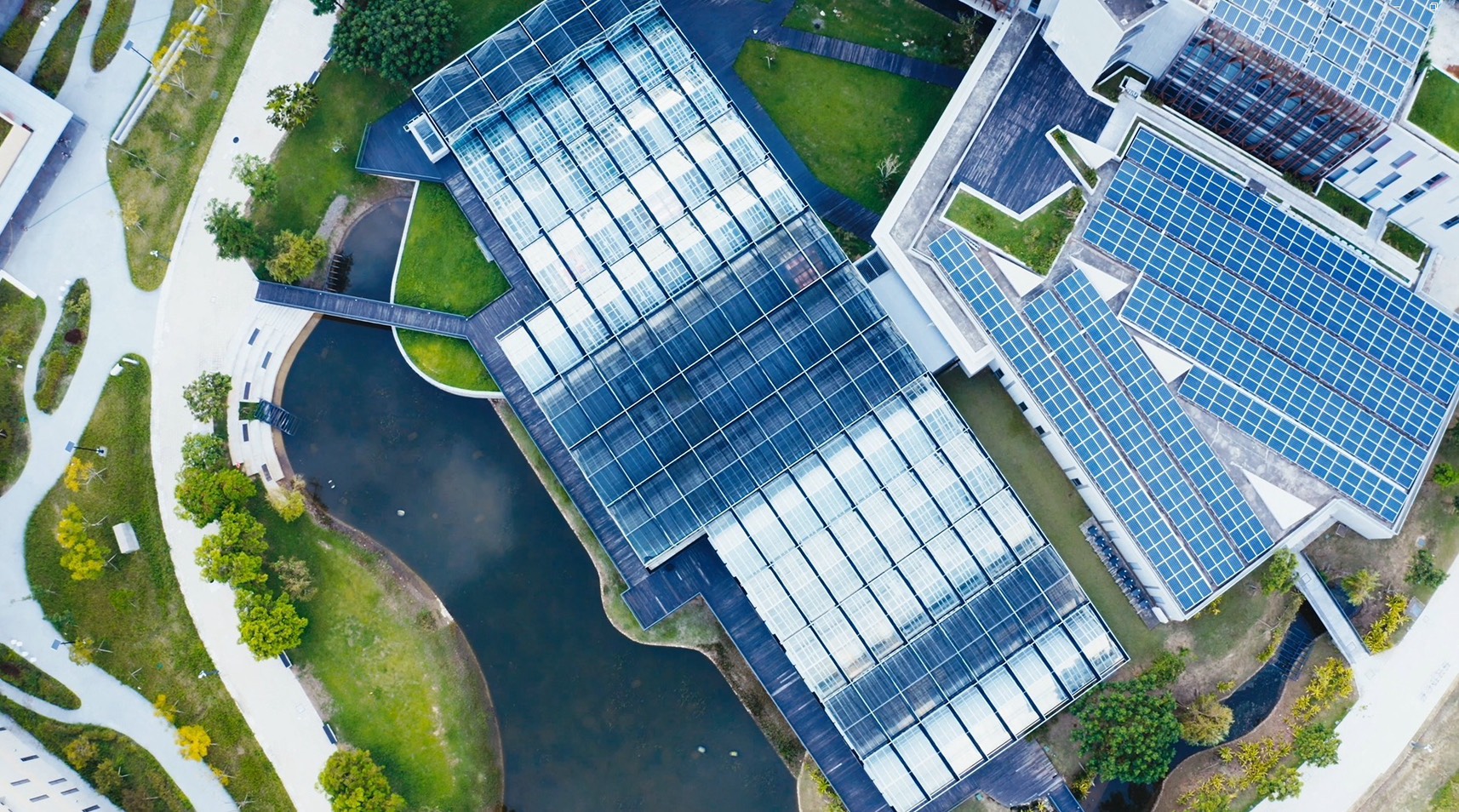
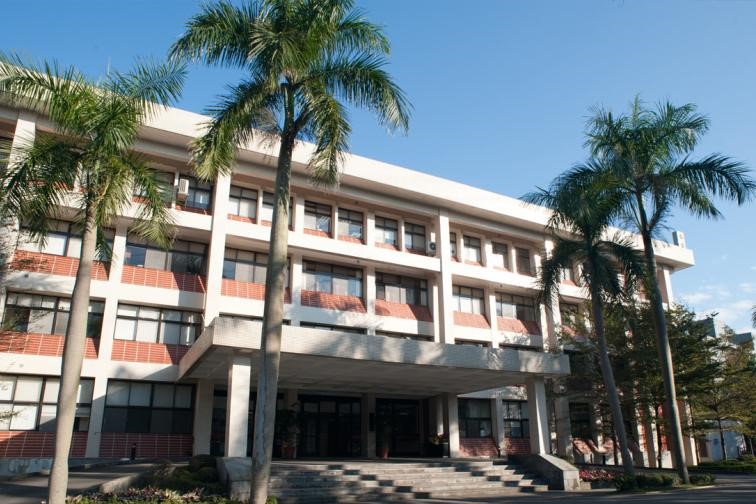
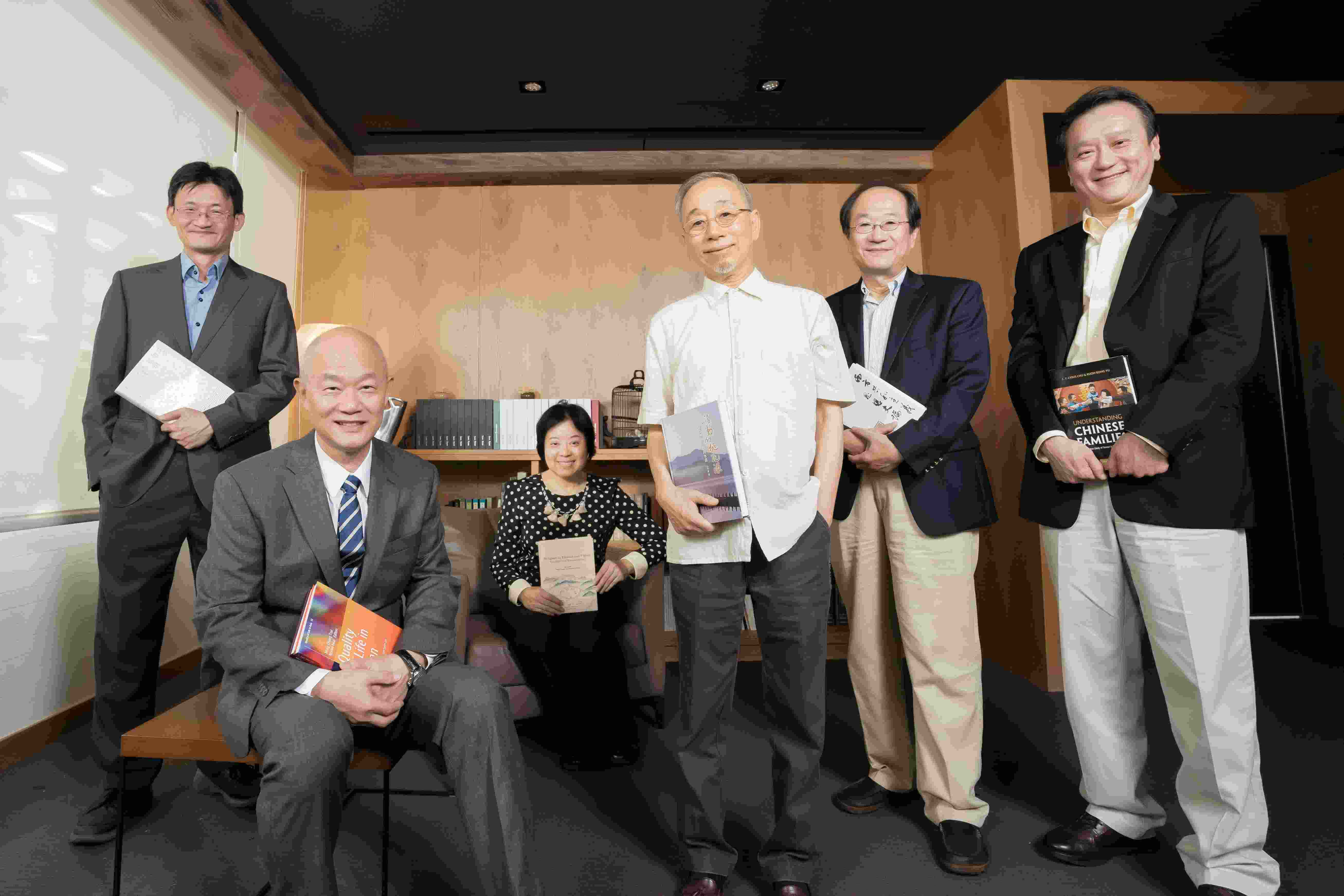


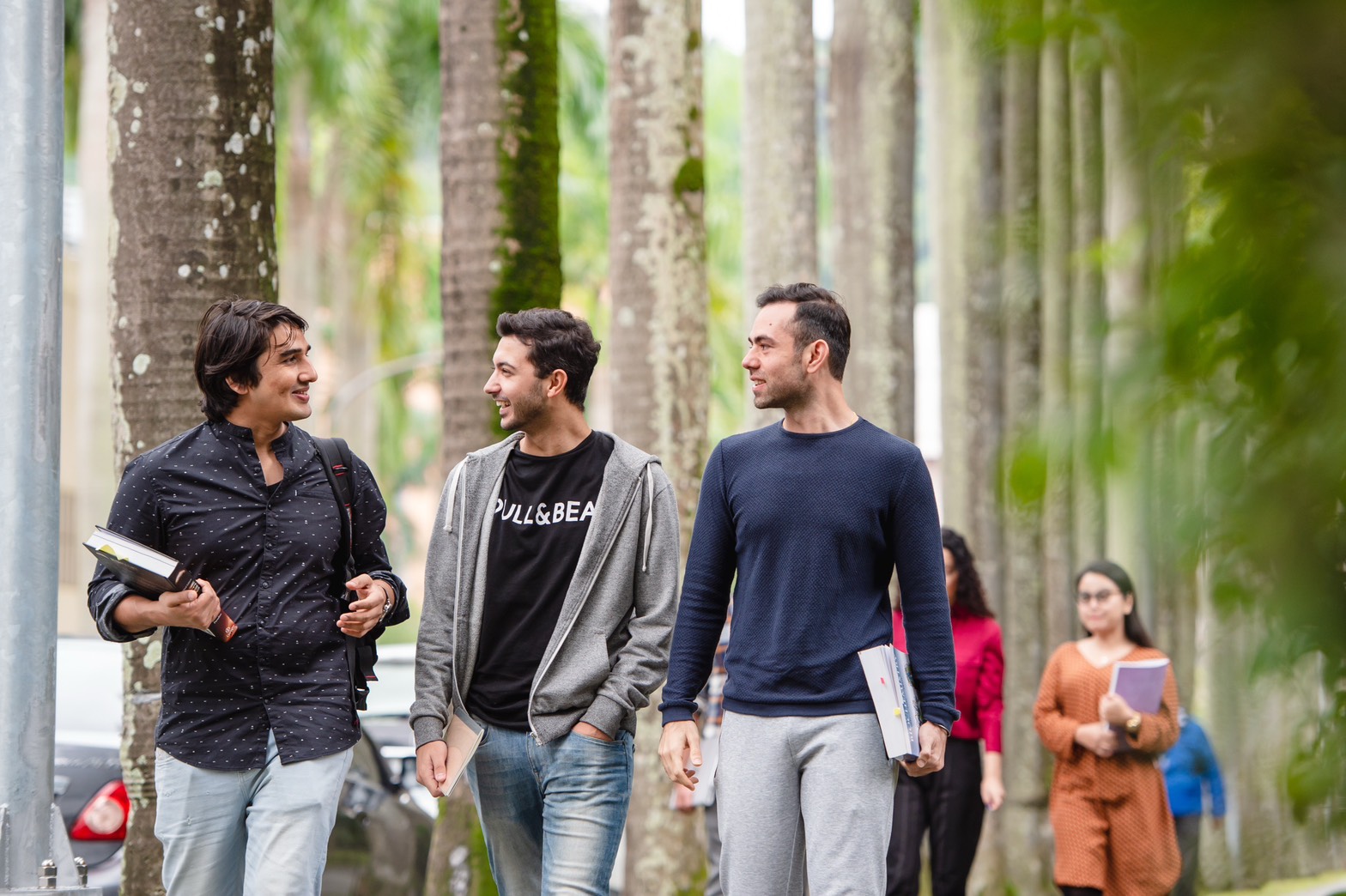

 首頁
首頁

